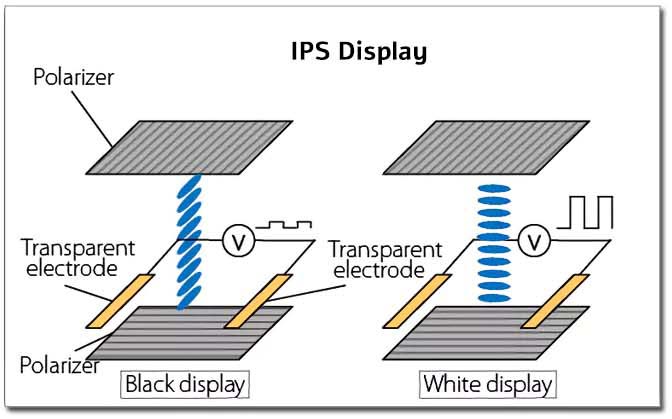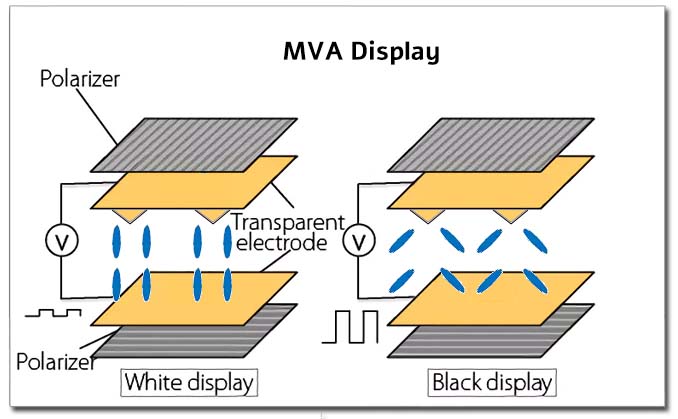Let's start with a brief summary for readers in a hurry. IPS technology is currently the best LCD technology for colour displays because it combines many advantages over the classic TFT display: stable colours and a very wide viewing angle (80-85° in all 4 directions). Nevertheless, an MVA display is a tad faster and cheaper. However, both beat the original TFT technology.
- Company
- Products
- HMI Series
Modbus - uniTFT(s)
High-End PCAP - PLC Compact Controller
w. Touch - Software Service
uniTFT and eDIP - eDIPTFT
Serial TFT - DIP
Direct mounting - DOG
The versatiles - OLED
New technology - TFT / Graphic
color and b&w - Dotmatrix
Textdisplays - USB / RS-232
DISPLAYS - KIT
Control panels - DVM Counter
Panelmeter - Data Logger
USB / Wifi - Accessories
- HMI Series
- Support
- News
- Contact
- Career
- Shop
![[Translate to Englisch:] IPS Panel sind die besseren TFT Displays: Blickwinkel, Farbtreue, Kontrast [Translate to Englisch:] IPS Panel sind die besseren TFT Displays: Blickwinkel, Farbtreue, Kontrast](/fileadmin/images/header/Header_IPS_Displays_1280x427.jpg)







